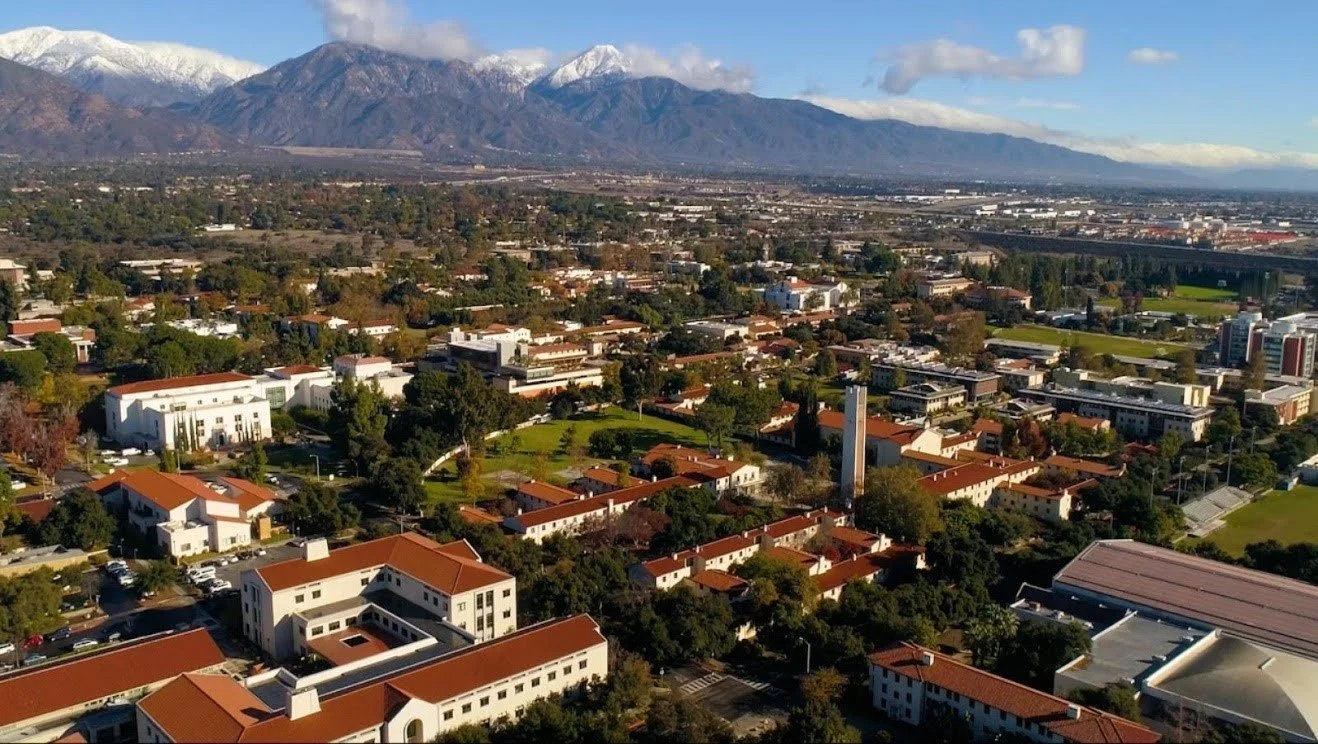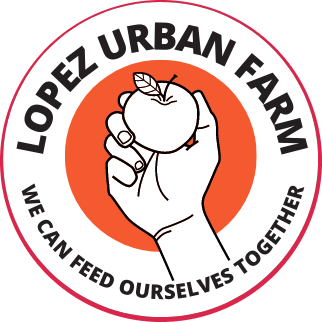
Resources Page
Pomona ACTS Resources
Discover insights, tools, and support from our collaborating organizations.
Food Assistance Resources
With SNAP instability in 2025 creating uncertainty for many families, community partners are stepping up with mutual aid, food distribution, and direct support. Here are our partner Pomona organizations who are leading mutual aid efforts in Pomona:
1034 W Mission Blvd, Pomona, CA 91766
Tuesday, Wednesday & Friday | 10:00am-4:00pm
Saturday & Sunday | 10:00am-1:00pm
Lopez Urban Farm
250 E Center St, Pomona, CA 91767
Every Wednesday | 1:00pm-3:30pm
Spaces fill quickly — be sure to check their website weekly to schedule your food pick-up appointment.
God’s Pantry Warehouse
Archived Meetings and Minutes
This archive contains Pomona ACTS implementation team meeting recordings, slides, and meeting minutes.
Key Terms
See below for a library of definitions.
-
Rechargeable battery systems that store energy from solar arrays or the electric grid and provide that energy to a home or business.
-
California Alternate Rates for Energy (CARE) and Family Electric Rate Assistance (FERA) programs provide discounts on energy bills for income qualified households in California.
-
A Pomona ACTS transportation improvement project focused on making Garey Avenue safer and more accessible for drivers, pedestrians, and cyclists. The project enhances traffic awareness, improves pedestrian accessibility, and adds dedicated bicycle infrastructure to support a variety of transportation modes. Cities around the world are working on similar projects to improve safety for all transportation in their communities.
-
A Pomona ACTS initiative that engages Pomona residents to stay informed, involved, and empowered throughout the grant period. This includes hosting events, training local Promotoras to lead outreach and represent community voices, developing accessible materials and podcasts to share project updates, and using coordinated bilingual messaging across multiple platforms to ensure inclusive and consistent communication.
-
The reduction of carbon dioxide emissions through the use of low carbon power sources, achieving a lower output of greenhouse gasses into the atmosphere.
-
The Direct-to-Renter™ Program is a no-cost clean energy initiative designed specifically for renters. Program participants receive appliances that cool the home and improve indoor air quality such as portable air conditioners and electric cooking appliances. After participating, the Pomona resident can keep the appliances forever, even if they move to a new location.
-
An approach that ensures investments in Pomonabenefit the community without displacing long-time residents or small businesses. It’s an equity-driven strategy focused on keeping people in their homes, supporting local businesses, and making sure Pomonans share in the benefits of climate investments.
-
Distributed energy resources are small energy systems that are located close to homes, businesses, or neighborhoods. Examples include rooftop solar panels, home batteries, or small generators. Instead of relying only on large power plants far away, these local energy resources help provide power nearby and can support the community during outages or high energy use.
-
An e-bike is a bicycle equipped with an electric motor that assists with pedaling, making it easier to ride longer distances and navigate hills. E-bikes offer an affordable, clean, and efficient transportation option that helps reduce traffic, improve air quality, and promote active living.
-
Creating new and better jobs with a strong wage and outstanding prospects of growth for career connections, access to economic growth, and services that secure the social and health well-being of the community.
-
Replacing appliances that use fossil fuel (e.g., propane, heating oil, gasoline) with electricity to improve indoor air quality, such as an electric stovetop instead of a gas-burning stovetop.
-
Equipment that connects an electric vehicle (EV) to a source of electricity to recharge electric cars, neighborhood electric vehicles, and plug-in hybrids.
-
Any gas, such as carbon dioxide or chlorofluorocarbons, that contributes to the greenhouse effect by absorbing infrared radiation.
-
The layout of an electrical distribution system.
-
Heat pumps are an efficient way to heat or cool buildings. Depending on the weather, a heat pump can move hot air from indoors to outdoors (or outdoors to indoors) to make sure your home or office are the right temperature.
-
More efficient, cleaner alternatives to gas-powered water heaters. They pull heat from the air to heat water.
-
A building or group of buildings that have their own power (such as solar or battery storage) and can keep equipment running even for a period of time when power is out in the neighborhood.
-
The difference between how much energy is generated from a source like solar and how much is consumed. The difference can often be sold back to the utility for others to use.
-
Small household solar PV installations typically mounted on a rooftop that are less than 10 kilowatts in capacity.
-
Home battery energy storage systems are typically connected to both the utility grid and solar PV (if present) to capture electricity that can be used later such as during a grid outage or when the costs of energy are high.
-
In general, refers to the ability to withstand and recover rapidly from disruptions such as weather or economic changes. Pomona ACTS will improve the resilience of residents and businesses to manage rising temperatures and higher energy costs, build new workforce skills, and more.
-
Electric utility in Southern California.
-
The layer of leaves, branches, and stems of trees that cover the ground when viewed from above. It plays a critical role in improving environmental quality by providing shade, reducing urban heat islands, improving air quality, supporting biodiversity, managing stormwater, and capturing carbon.
-
Referring to energy generated from the sun, encompassing both solar thermal and photovoltaic technology.
-
A network of electrical transmission lines connecting a multiplicity of generating stations to loads over a wide area.
-
Pomona Choice Energy is an alternative to Southern California Edison (SCE), the local investor-owned utility and previously the only power provider available in the City. The program is locally-managed, not-for-profit, and offers clean energy at low, competitive rates. Additionally, revenue from the program will be reinvested into the community through local programs and benefits.
-
A cloud-based distributed power plant that aggregates the capacities of heterogeneous distributed energy resources (DER) for the purposes of enhancing power generation, as well as trading or selling power on the electricity market.
-
An approach to economic development that attempts to enhance a region's economic stability and prosperity by focusing on people rather than businesses.








